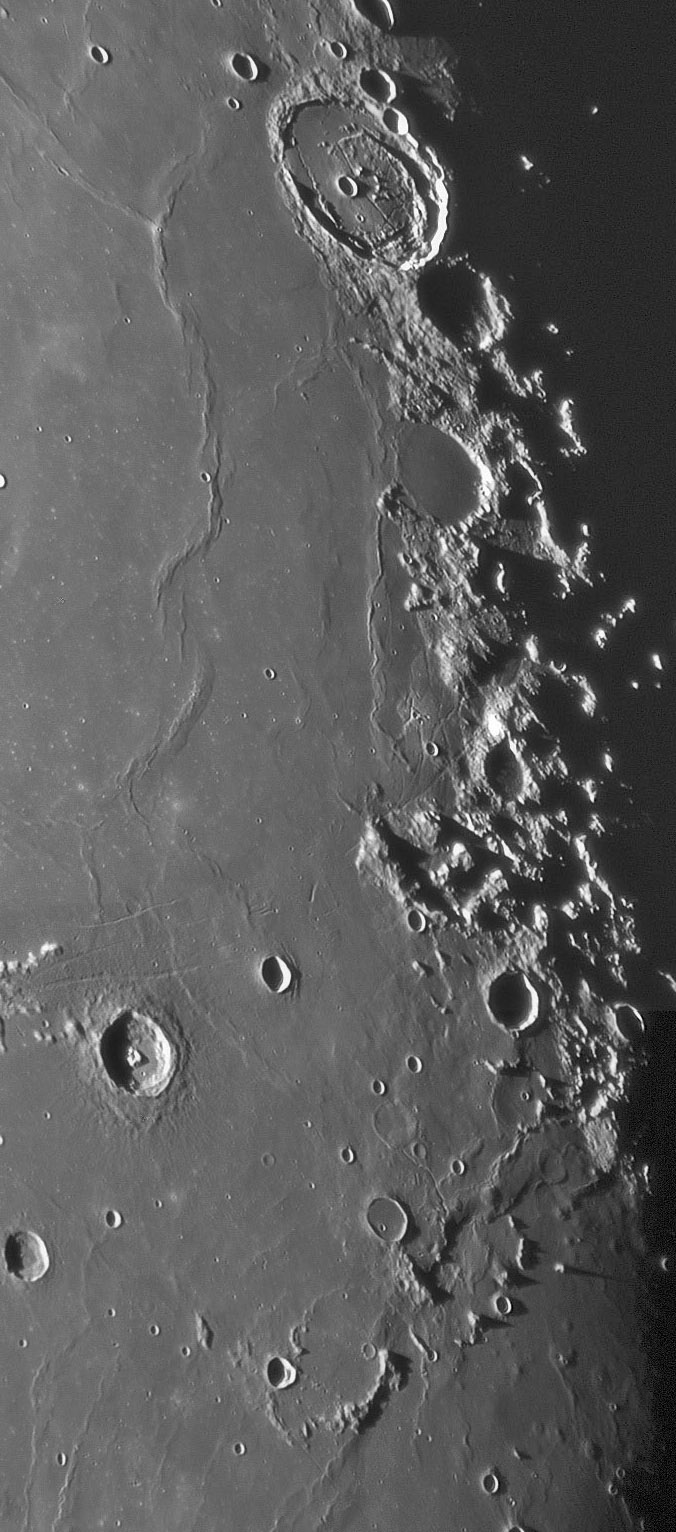Difference between revisions of "October 8, 2010"
| Line 3: | Line 3: | ||
<!-- ws:start:WikiTextHeadingRule:1:<h1> --> | <!-- ws:start:WikiTextHeadingRule:1:<h1> --> | ||
<!-- ws:start:WikiTextLocalImageRule:16:<img src="/file/view/LPOD-Oct8-10.jpg/168785251/LPOD-Oct8-10.jpg" alt="" title="" /> -->[[File:LPOD-Oct8-10.jpg|LPOD-Oct8-10.jpg]]<!-- ws:end:WikiTextLocalImageRule:16 --><br /> | <!-- ws:start:WikiTextLocalImageRule:16:<img src="/file/view/LPOD-Oct8-10.jpg/168785251/LPOD-Oct8-10.jpg" alt="" title="" /> -->[[File:LPOD-Oct8-10.jpg|LPOD-Oct8-10.jpg]]<!-- ws:end:WikiTextLocalImageRule:16 --><br /> | ||
| − | <em>image by [mailto:kcpaulhk@yahoo.com.hk | + | <em>image by [mailto:kcpaulhk@yahoo.com.hk KC Pau], Hong Kong</em><br /> |
<br /> | <br /> | ||
| − | The late biologist Stephen J. Gould described religion and science as [http://www.stephenjaygould.org/library/gould_noma.html | + | The late biologist Stephen J. Gould described religion and science as [http://www.stephenjaygould.org/library/gould_noma.html non-overlapping magisteria] (NOMA). By this he meant that science studies <em>Non-overlapping_magisteria - what the Universe is made of (fact) and why ... it works in this way (theory). The magisterium of religion extends over questions of ultimate meaning and moral value.</em> When I looked at KC's long terminator view of eastern Serenitatis and to the south part of Tranquillitatis, I felt that there were two non-overlapping regions of influence. Serenitatis is marked by a slightly curved long ridge system more conveniently called the [http://www.lpod.org/archive/LPOD-2004-11-17.htm Serpentine RIdge] than the plethora of official names. Similar concentric rilles near Plinius, the Apollo 17 area and northward, reinforce the notion that the main structural features are strongly tied to the Serenitatis Basin. But the southern third of the image seems to belong to a completely different magisterium. The major structural feature is the diagonal line of ghost craters and ruins that I have called the Gärtner Alignment. This linear rise and other scattered features are not at all related to Serenitatis and in fact, seem unaware of the putative basin filled by Tranquillitatis lavas. On the Moon, because major structures are all related to impact basins, major trends of geology stop at the edge of one basin as you cross over into the next one. <br /> |
<br /> | <br /> | ||
| − | <em>[mailto:tychocrater@yahoo.com | + | <em>[mailto:tychocrater@yahoo.com Chuck Wood]</em><br /> |
<br /> | <br /> | ||
<strong>Technical Details</strong><br /> | <strong>Technical Details</strong><br /> | ||
| Line 16: | Line 16: | ||
<br /> | <br /> | ||
<hr /> | <hr /> | ||
| − | <div>You can support LPOD when you buy any book from Amazon thru [http://www.lpod.org/?page_id=591 | + | <div>You can support LPOD when you buy any book from Amazon thru [http://www.lpod.org/?page_id=591 LPOD!]<br /> |
</div> | </div> | ||
---- | ---- | ||
===COMMENTS?=== | ===COMMENTS?=== | ||
| − | + | Register, and click on the <b>Discussion</b> tab at the top of the page. | |
Revision as of 17:25, 11 January 2015
Noma

image by KC Pau, Hong Kong
The late biologist Stephen J. Gould described religion and science as non-overlapping magisteria (NOMA). By this he meant that science studies Non-overlapping_magisteria - what the Universe is made of (fact) and why ... it works in this way (theory). The magisterium of religion extends over questions of ultimate meaning and moral value. When I looked at KC's long terminator view of eastern Serenitatis and to the south part of Tranquillitatis, I felt that there were two non-overlapping regions of influence. Serenitatis is marked by a slightly curved long ridge system more conveniently called the Serpentine RIdge than the plethora of official names. Similar concentric rilles near Plinius, the Apollo 17 area and northward, reinforce the notion that the main structural features are strongly tied to the Serenitatis Basin. But the southern third of the image seems to belong to a completely different magisterium. The major structural feature is the diagonal line of ghost craters and ruins that I have called the Gärtner Alignment. This linear rise and other scattered features are not at all related to Serenitatis and in fact, seem unaware of the putative basin filled by Tranquillitatis lavas. On the Moon, because major structures are all related to impact basins, major trends of geology stop at the edge of one basin as you cross over into the next one.
Chuck Wood
Technical Details
Taken on 27 Sep 2010 at 19h44m~46m UT with 10" f/6 Newtonian and a 2.5X barlow with DMK 31AF03 AS camera. A mosaic of 2 images.
Related Links
Rükl plate 24
COMMENTS?
Register, and click on the Discussion tab at the top of the page.



